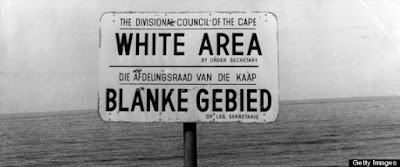Wirla

There she is, that mouthy girl. Fines owing. And look at her – bashed, not looking good. She’ll probably be better off in lock-up, she’ll get a feed. 5pm, August 2. Click on the handcuffs, cold against her dark skin. She’s another number today. Three grand’s worth of driving fines, and jeez she’s a difficult one. Get her health check done, she’s off her head, probably on drugs. Or just behaving like they do, you know, a lot of them have behavioural issues. You gotta be firm with them. Fines, the last thing on her mind, between the beatings and the drugs and the fight for survival. And the lock-up door slams shut. Typing up the file notes. She appears to be suffering withdrawals from drug use, not coping well with being in custody. On the mattress, her burning skin hot against the blanket. Every breath drawn moves her fractured ribs, burns her lungs. 8am, 3 August. Into the health campus for the second time, bright white lights. Pointing to ribs, pain










